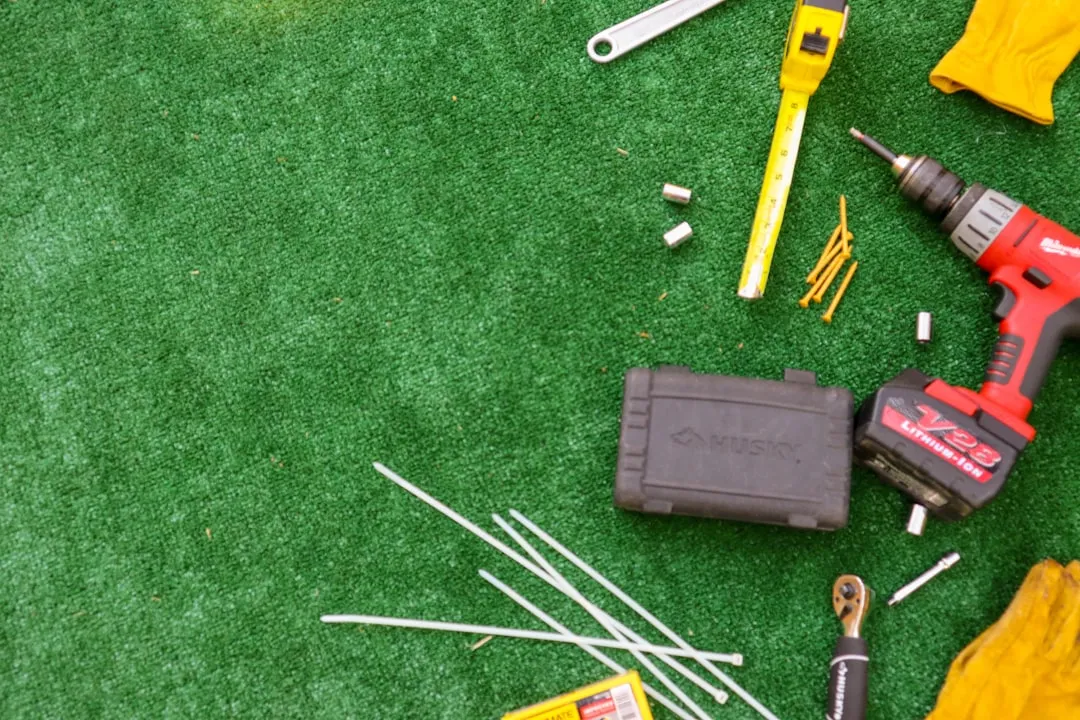Lurking inside your old junk microwave is an abundance of useful parts that can let you melt metal, spot weld, and make electrifying Jacob's ladders. You can even make a powerful AC arc welder, perfect for making hard-to-solve puzzles and even makeshift weapons for the zombie apocalypse.
I just finished mine, so join me in this video as we put its welding capabilities to the test!
WARNINGS:
I run the system on 240 VAC, which is metered by a power controller I built called the "Scariac". It's similar to the idea of a Variac (variable auto-controller), with a few more hazards to be aware of.
The micro-welder itself does not have an on-off switch, and can pose a fire hazard if plugged directly into a mains power socket. I made this to be used exclusively with the Scariac (look for how to build that in a future project).
Stick welding, and/or the modification of a microwave oven transformer (MOT), can be very dangerous and presents risk of UV radiation, shock hazards, burns, fires, fumes and a multitude of other risks.
This project should not be attempted without adult supervision and adequate training. Misuse, or careless use, of tools or projects may result in serious injury. Use of this video content is at your own risk.
The MOT-Based DIY Stick Welder
Quite simply, a MOT stick welder is an AC arc-welder made by converting/modifying 2 MOTs so they will weld metal using a welding rod (stick).

My MOT was modified from a previous project into a spot welder, which is a different form of welder, but in this project I wanted to convert it to arc weld. That requires a different modification which allows an output of about 30 volts A/C and around 120 amps.
This video is the end result of 3 other project videos which will be edited and uploaded over the next couple of months. Those videos will show how I modified the transformers, and how to control the current, but they aren't available at the moment, hence the "Coming Soon" on the video annotations.
I'm happy to say that the welder in this project does work for me. It welds 1/16" AC rods very well, and I believe it's very reasonable and sustainable for the amount of welding I plan to do as a simple hobbiest welder.
To see exactly how I built this welder, look for my upcoming how-tos. If you're reading this and the date is after June 2013, then that means I forgot to update this article, so shoot me a message and I'll make the changes. Thanks!
Disclaimer: I am not a welder. This project is my introduction into the world of welding, so if you are experienced in welding and metal working, I'm open to suggestions and critiques, however I do ask that you refrain from being overly critical of my welds. They are some of my first. The video/project is mainly to demonstrate what a welder made from microwave oven parts can do.

This project started by finding a couple of microwave ovens for free, like I did here.

Two MOTs were modified so that the output was around 30 VAC and the amperage ranged from 0-120 amps.
I picked up some scrap metal from a welding company down the road, and changed out the blade on my miter saw with a 12" metal cutting wheel.






I cut one of the metal pieces into smaller bits, so I'd have more pieces I could use to practice welding with.
The MOT stick welder isn't a new idea, but in my experience of trying to duplicate other MOT stick welder projects on the internet, the welder either got so hot that the insulation on the wires melted and shorted it out, and/or it didn't provide enough power to strike and maintain an arc. I'm under the impression that up until now, they haven't worked for any practical use.
To date, I haven't seen a video or project where anyone actually welded anything useful with one of these "so-called" microwave welders. The most that's been shown is to lay a bead on a piece of metal. But this doesn't prove it can weld. My earlier attempts could also lay a bead, but they didn't have enough heat or penetration to make anything stick.
A welder also needs a way to reliably control the amperage (which I haven't seen other projects do). I saw one project where dimmer switches were used on the primary coils, however dimmer switches are only able to handle around 600 watts, and these stick welders require upwards of 2,000-3,000 watts. In my experience, the dimmer switches fail very quickly and within a minute of trying to weld.
I don't claim to be the first, or the best, to make a MOT welder work. My claim is only that this is a way I've figured out that actually does work with satisfying results.
I used one of the large pieces of metal as a base-plate, and connected the grounding clip to that.

Using a (6013) 1/16" cellulose coated rod compatible with AC I tried making my first welds on two of the pieces I cut earlier.






Striking the arc was like striking a match, and I was happy to see the arc was sustainable. That meant that the voltage and amperage were good.
I regulated the current with a device I call the "Scariac." It's works as a current controller to vary the amperage to the welder. You can look for how I made this in a future project.

When the slag was knocked off the weld, the only way I really had of testing it was a destructive test - bending it until it broke.
I placed the metal in my bench vice, and bent it all the way over. I was actually surprised when the weld held strong. Success!






I tried the same thing with another piece, and did eventually get the metal to rip, but it tore below the weld. The welds never did break!
I took my unit to a friend who actually is an experienced welder. I wanted to get a more professional opinion.






He tested it out on some stainless steel, and gave some great feedback. His experience was that the weld completely penetrated the metal, and he said it worked as well as the one he had in his shop.
We tried breaking the weld, and again proved it held fast. The metal outside the weld tore, but the bead didn't.
For extra practice, I welded all the small pieces of metal, and anything else I had lying around. Some framing nails, and chain got included, and pretty soon I had some metal-art that looked something like a weapon for a zombie apocalypse.




I also tried making the classic horseshoe puzzle using 2 horseshoes, some lengths of chain, and a 2" steel ring.








It worked out pretty well!




The goal is to try and get the ring off, which seems impossible because it's too small. But I let my wife play around with it, and she proved it can be done.

I tried welding with some larger 3/32" rod, but the welder started to overheat fast. The welds required much more current which made the coils got hot and put them in danger of melting.
I probably wouldn't use this to weld with 3/32" on a regular basis, but to combat the extra heat, I used a fan, salvaged from one of the microwaves, and placed it up to a vent hole in the side of the welder's casing. This blows air over the coils, and exhausts the air out the other side.






In the even of extreme overheating, the entire top can be removed for maximum cooling.

Well, there it is—a MOT stick welder that is proven to work!
To see how I made this one, check out;
Part 1
and Part 2
If you haven't see the video yet, it's not too late. Watch it here!
If you like this project perhaps you'll like some of my others. Check them out at thekingofrandom.com.



















Comments
Be the first, drop a comment!